How to Master Red Spider Lily’s Odd Growing Season
Plus Garden To-Do’s for September
By L.A. Jackson‘Tis spider season! No, not a time of eight-legged, creepy arachnids overwhelming the garden, but rather these are the days when sneaky beauties known as red spider lilies (Lycoris radiata) surprise many a gardener with their strange growing habits.
How strange, you ask? Well, the strap-like leaves emerge in the fall and persist through the winter, but then they die down in the spring, leaving nothing to see during the shank of the growing season. However, in the heat of late summer — in other words, now — 18 to 24-inch (or taller), skinny spikes bearing brilliant crimson, spider-like blooms miraculously spring from the baked earth to put on a sassy show that can last up to two weeks. After the flowers finish their dazzling displays, the stalks fade and drop to the ground, followed by long leaves once again rising up to restart the odd cycle.
Red spider lily bulbs are best planted in the fall, meaning it will soon be time to get them in the ground (they shouldn’t be that hard to find at local garden centers or online). Spacing should be about 8 to 10 inches apart in a partly sunny area that has well-draining soil. Settle the bases of the bulbs about 4 to 6 inches deep in the ground.
Scratching in a little time-release bulb fertilizer will give the future plants a jump-start into next year. Finish off with a layer of mulch, and maintain this organic covering through the winter.
Red spider lilies are tolerant of dry conditions in the summer — their dormant time — but they will do better if, during extended droughts, their planting bed is at least watered occasionally. When actively growing, they should, of course, be watered if the rains don’t come.
A Carolina Country Connection
If you enjoy adding plants with interesting historical backgrounds to your garden, the red spider lily will definitely scratch that itch with its strong Carolina country connection. It was first introduced to our shores from the Far East by way of U.S. Navy Captain William Roberts, who brought a few dried, though still alive, bulbs back to his New Bern home after he sailed on Commodore Matthew Perry’s famous mission to open up Japan’s trade routes to the West in 1854.
Keep spreading under control
In a planting site to their liking, deer-resistant red spider lilies will naturalize and spread. To keep them from becoming overcrowded, which could lead to diminished bloom production, divide them every few years. This is best done in the early summer when the plants are dormant.
And after dividing, don’t worry about having leftover bulbs — red spider lilies have been a favorite pass-along plant in this region since the 1800s, so any extras you give away to other gardeners will not only perpetuate these pretty plants but also one of our most cherished institutions: Southern hospitality.
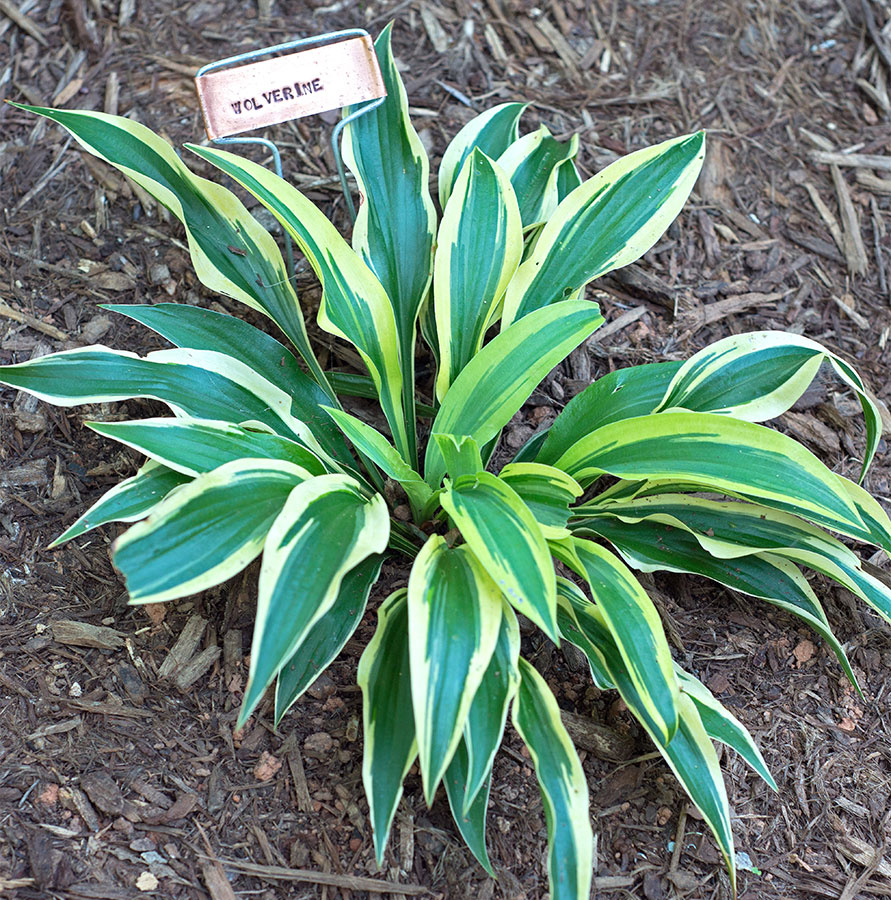
This bright tag will serve as a reminder that this herbaceous “Wolverine” hosta will be back next spring.
Garden To-Do’s for September
- “Herbaceous perennial” is a plant that naturally dies back to the ground with the coming of the first fall frosts. This is obvious to most gardeners, but what might not be so obvious during next spring’s early planting frenzy is: “Just where the heck did I put all those dang herbaceous perennials?” Mark their locations now with brightly colored sticks, flags or labels so they won’t be dug up or stomped on at the start of next year’s dig-a-thon.
- Even with summer fading away, there is still time to add to the veggie patch. Lettuce, radishes, kale, onions and mustard greens can all be planted at the beginning of this month to provide homegrown edibles deep into the fall.
- Feathered garden friends preparing for cooler weather will appreciate it if you keep the bird feeder well-stocked and the birdbath filled with fresh water.
-
More September gardening tips
-
Share this story:

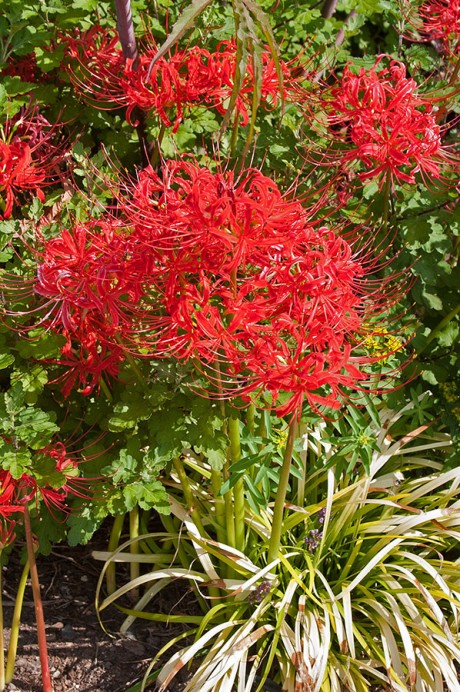

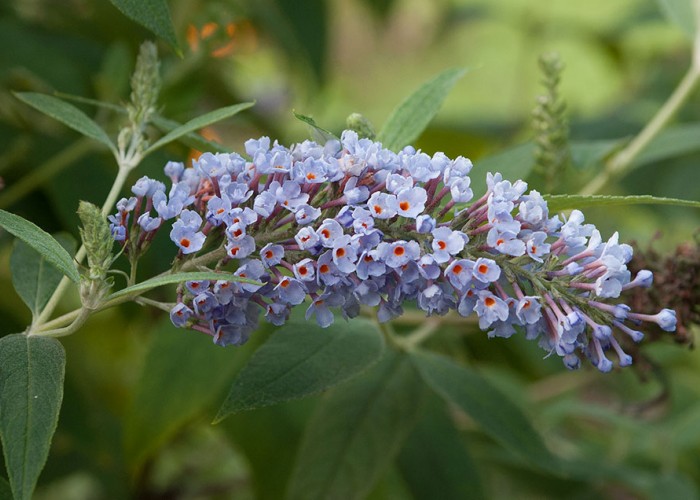
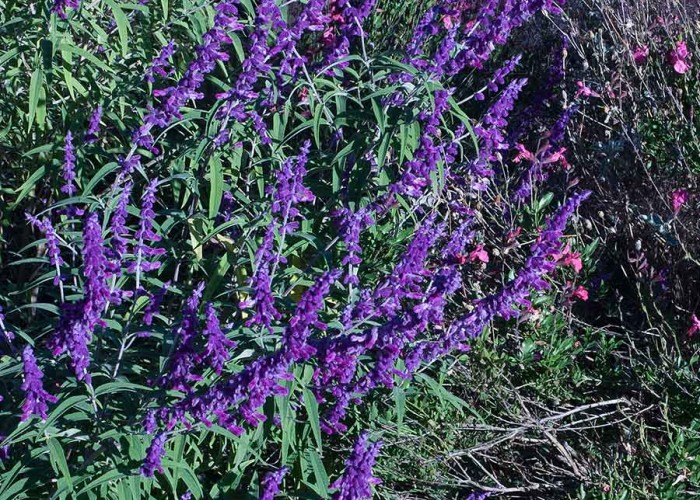
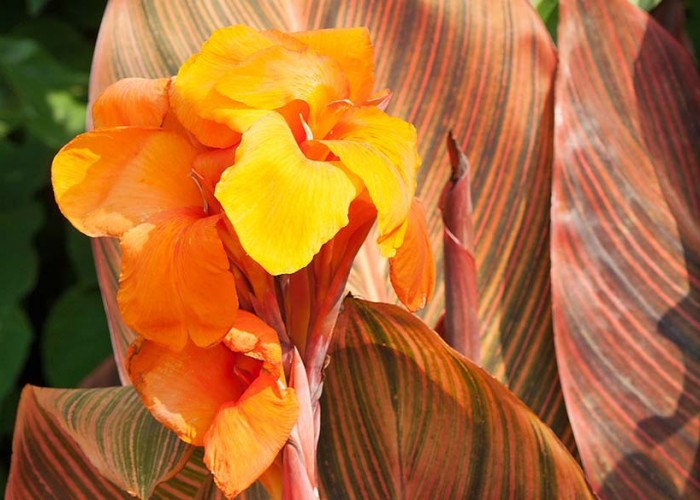


Comments (1)
Rosemary Rosenthal |
September 28, 2021 |
reply